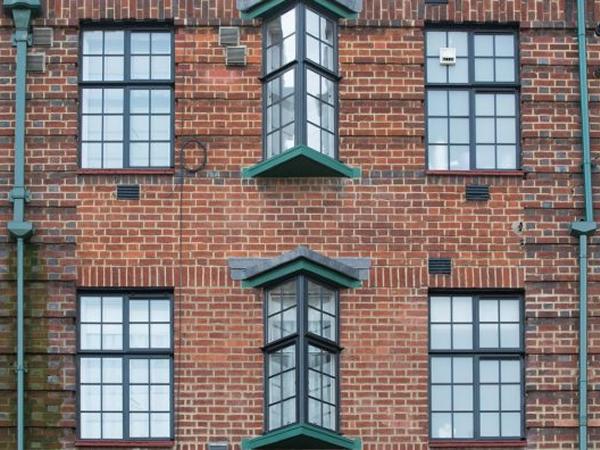
Date: 14 June 2019
As fenestration techniques have evolved over the years, meaning steel can be fashioned into more elegant and varied shapes and designs, more homeowners have chosen steel windows to complement the traditional features of their period homes or, as in the case of on trend internal steel screens, to add a contemporary edge to a once conventional space.

At Clement Windows, our steel window ranges are not chosen simply for their exceptionally slim frames and longevity. With a period property, the most important objective is usually finding a new window that closely replicates the look of the building’s original windows, ensuring the overall character of the property is not compromised at the end of the project.
Replacing single glazing with Clement’s insulated double glazed units can make a huge difference to draughts and noise levels, while modern glass specifications mean there will be an increase in the flow of natural light throughout your home, brightening rooms and ultimately contributing to savings on your energy costs.
Furthermore, our conservation rooflights, which were designed as modern replicas of Victorian originals, are particularly suitable for Listed Buildings and period properties as they sit level with the line of the roof rather than protruding as more modern equivalents tend to do. Clement are the only conservation rooflight company that offer both a slate or clay tile option – so the look is always right!
Here are some examples of how Clement Windows have transformed period properties.
1920’s North Downs property transformed with new steel windows
The original steel windows were still in place at this attractive property located in an Area of Outstanding Natural Beauty (above); however, they were single glazed, neglected and rusting and the new owners, who were determined to restore the house to its former glory, set out to source the best replacement steel windows to match the originals and provide advanced 21st century performance.
Clement’s EB24 range was selected with a custom specification which included using traditional fittings, including weld on external hinges with concealed multi point locking systems to provide first-class weather resistance and security.
1930’s metal windows in London Conservation Area
This residential building sits within the London Borough of Lambeth’s Vauxhall Conservation Area.
Working closely with Lambeth Planning Authority to agree precise details on the replica replacement steel windows for this red brick building, Clement’s bespoke EB16 range was selected to replace the existing single glazed fenestration. Despite being fitted with very slim 16mm glass units, the new windows still benefit from being krypton filled and Part L compliant, offering greatly improved thermal efficiency over that of the originals.

Replacing steel windows in Listed Buildings
Clement Windows’ EB14 steel window range was chosen for this exciting project at Stepping Stones School – formerly the Victorian era home of Sir Arthur Conan Doyle!
For this modern renovation of a Grade II listed house, Clement worked with Waverley Borough Council’s conservation team as it was important for our client that the original red brick building remained as true to its roots as possible. We were able to ensure the frames matched the original colours and enlisted a specialist silicone to complete the traditional look.

Art Deco renovation
Norwich City Hall is a classic example of Art Deco architecture, which was designed for the people of Norwich by architects Charles Holloway James and Stephen Rowland Pierce as a public building of both national and international significance. It was built using the best materials and the most advanced building methods of its day.
Clement’s W20 range of new steel windows was selected by the contractors on the project for their improved energy efficiency and security features. As you can see from the photo below, the windows really do help to retain the character of this wonderful landmark building.

 600450
600450












Add new comment